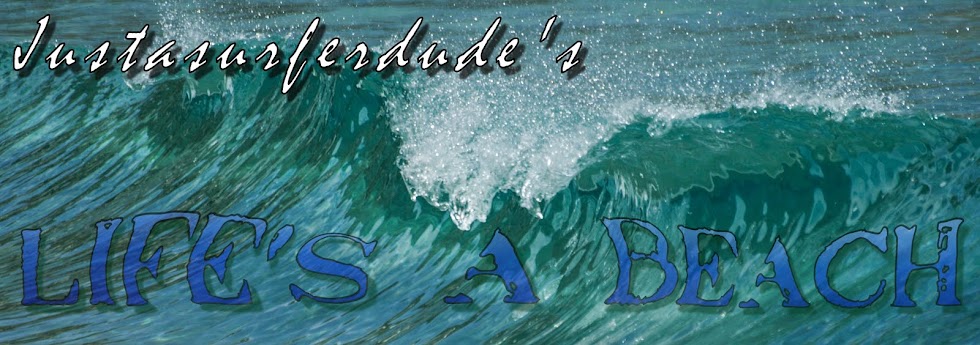A colleague of mine, who is not only a good friend but also
an avid birdwatcher, always looks very disappointed when he hears that I am
going to Chad. Apparently there is a bird in Chad which he has not seen in
order for him to tick it off on his “weird and wonderful birds on the
planet”-list. I have asked him what the birds looks like, but it was clear that
he didn’t want me to see the bird before he does, so there was no need to ask
again. Maybe he just wouldn’t be able to handle the disappointment when I tell
that “oh, btw, I have seen that bird you always so desperately wanted to see…”
So, every time when I find myself in Chad, I cannot help but
to look for birds. Unfortunately I am here for work, so I cannot take
binoculars, a coffee flask and my book of Birds of the World Version
2.0 ® 1994-1996 to go find a bird which I have no idea if it
might be the right one or not. When you arrive in N’Djamena you cannot imagine bird
life in this country at all, the town is rather dry with very few trees. There is a rather large river flowing through N'Djamena, but for wild-life there is not much. But
some other parts of Chad looks better and the chances of finding birds there might
be better than in N’Djamena.
Although N’Djamena does not give much opportunity for seeing bird life, when you drive on the slow roads near Kome you can stare into the trees and sky to see if you can spot something which might look like a “rare and never seen by a particular birdwatcher in SA before”. What I have noticed so far is that there are not many birds around this area either. I looked on the Internet to find out what the “hotspots” would be for finding birds, but it seems I am out of luck already. I am in the southern parts of Chad but the hotspot seems to be the northern parts close to where Lake Chad used to be. I say “used to be” because the size of Lake Chad has shrunk considerably over the last few decades, which is rather sad if you think of it. Lake Chad has retreated by 95 per cent since 1963 because of water extraction, increased population, overgrazing and less rainfall. It also created new habitat where there are not adequate food for migrating birds, causing less bird species to reach their final destination.
At the moment it is raining cats and dogs in Southern Chad. The
area is lush and green and beautiful to say the least, but yet the birds are
few and far between. Closer to villages you see more birds than outside in the
open stretches of lowland “savanna grassland”, which obviously means that a lot
of birds rely on humans for food. I have seen quite a few varieties of birds so
far, but I guess it is the more common ones that we have in South Africa as
well, finch, sparrow, herons, kestrels. My other problem I have is that I am
not a bird watcher at all so I can hardly even recognize the common ones, let
alone give their names in English. I don’t even know what the difference
between a hawk, falcon, eagle and kestrel is. But who knows, maybe, just maybe,
I might have already seen this special bird without even knowing it……

No comments:
Post a Comment